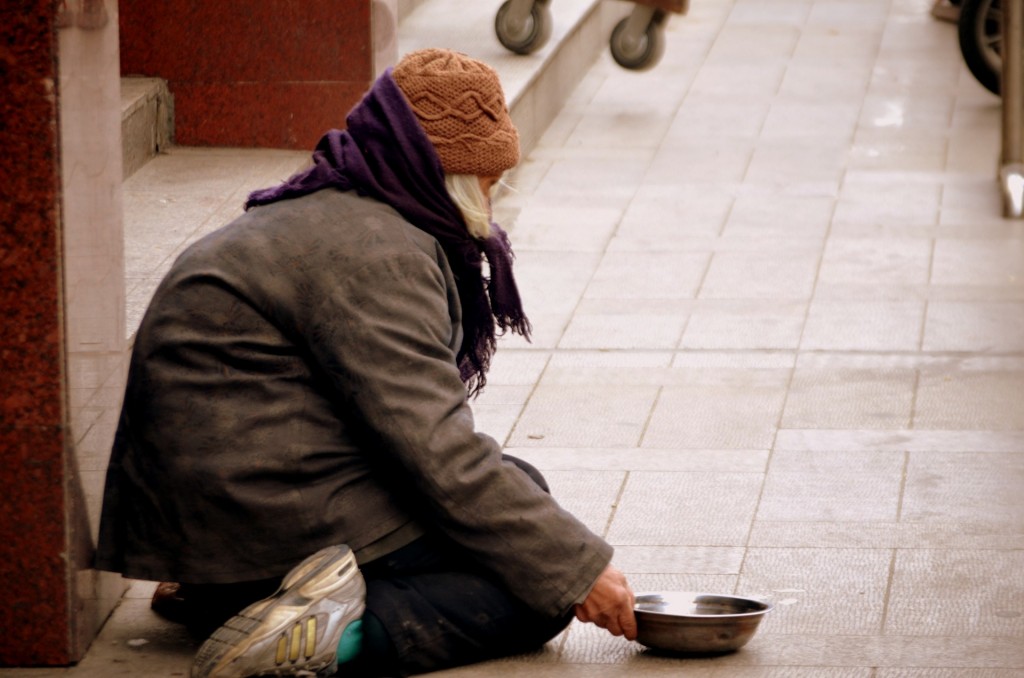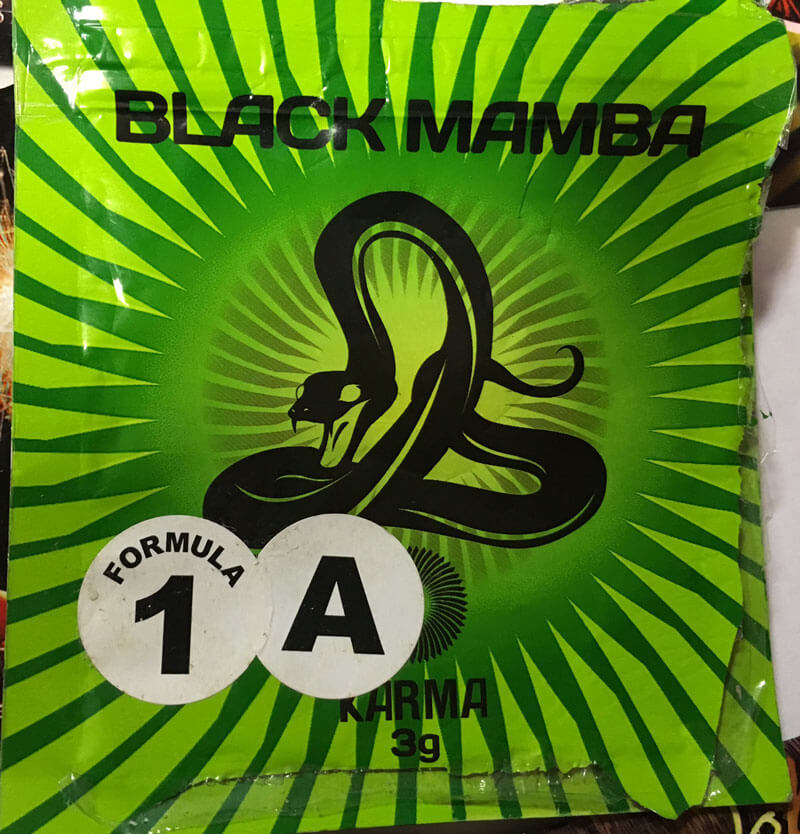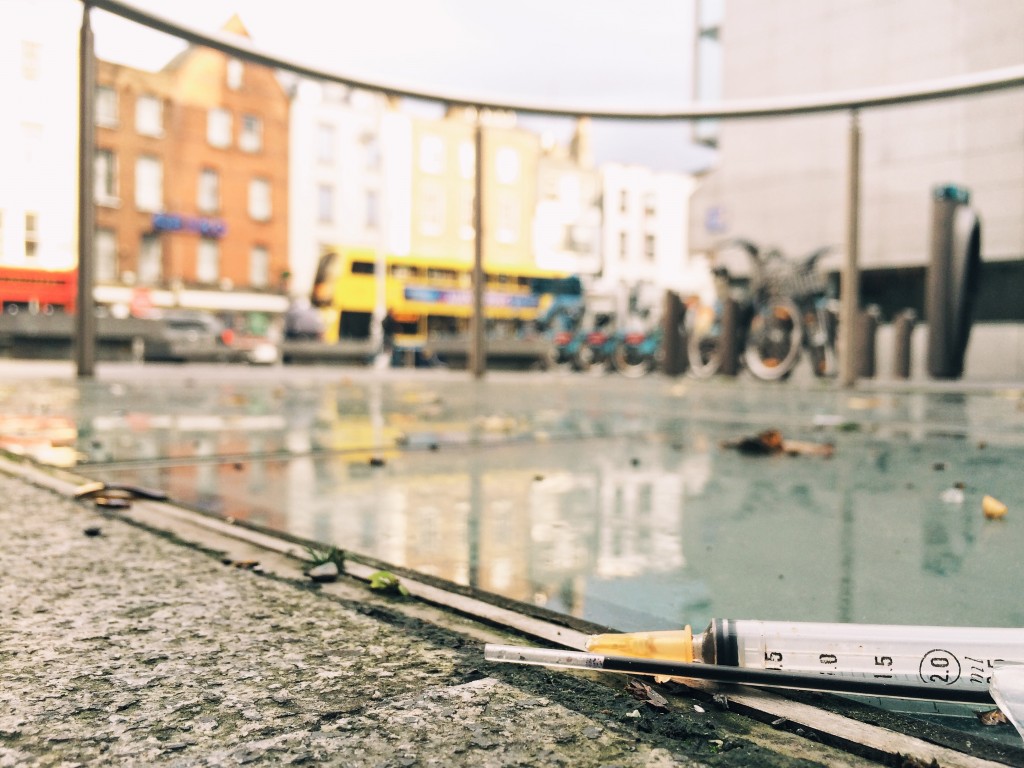Following on from two excellent, compassionate documentaries about drug addiction – Louis Theroux: Drinking To Oblivion and Chasing Dad: A Lifelong Addiction – the BBC continue to delve into the darker side of UK drug culture in their new series: Drugs Map of Britain.
Keen to compete with VICE’s hegemony over student viewing habits, BBC3 offers, in Drugs Map, a leaner, more constructive documentation of drug consumption gone awry. Indeed, the anthropological incline of the series invites the viewer to consider the various roles that drugs, both legal and illegal, play in communities across the UK.
The series comprises of several short documentaries, each spotlighting a different region and its corresponding drug ‘crisis’ (as well as a handful of laboratory-locked ‘explainer’ clips). So far, only the first two instalments have aired: Wolverhampton: Getting Off Mamba and Manchester: Heroin Haters – but there is already plenty to ponder.
The first programme in the series, Wolverhampton: Getting Off Mamba, follows a small group of young to middle aged men, the majority of whom are homeless, in various stages of addiction to ‘Mamba’ – one of the most potent, addictive legal highs in the UK.
The focus is on Liam, 27, and his first steps towards coming off Mamba for good. Articulate but maligned, Liam’s desire to reconnect with his young son and daughter motivates him to meet with a local recovery organisation.
Sonny, the councillor whom Liam meets with, introduces himself as someone who has overcome a ten-year addiction to heroin and crack cocaine. This reassurance, in the form of Sunny’s living example as a survivor who is, not only surviving but helping others do so too, is undercut by his admission that, when it comes to legal highs like Mamba (whose exact chemical properties vary from bag to bag) reliable recovery programmes simply do not exist.
Again and again, consumers of legal highs are told that they are ‘Guinea Pigs’ for the untested, potentially volatile substances, and, as traditional relations between reptiles and rodents are strained at best, Mamba is a particularly vicious substance to develop a dependency on.
Mamba, described by one BBC3 rent-a-boffin as ‘essentially a mix between heroin and cocaine‘ – although actually a mix of unknown synthetic cannabinoid receptor agonists – comes in shiny sachets (something like a Panini football sticker pack crossed with a Sherbet Dip Dab wrapper) and ruins lives. Or rather, helps those already down stay down.
Between the onscreen subjects (who represent three generations of Mamba consumer), none enjoy anything other than what most would describe as impoverished, hand-to-mouth lives. Indeed, there is little there to motivate them, other than Liam’s desire to clean up and reconnect with his children, and scant support from the state.
[READ] News: Psychoactive Substances Act To Come Into Effect On May 26th
Given these torrid circumstances, one can see Mamba’s allure: cheap, available in shops, and volatile, make for a perfect combination. For the subjects of Getting Off Mamba, those who have the least, and are (almost) lost to society, Mamba is the toxic bosom within which they hope to lose themselves.
GOM‘s subjects are characterised by a weariness that feels almost cavernous – the last post at the end of addiction. Po-faced Blu, 20, who sleeps in a broken tent in a scrapyard, confesses that Mamba is the only thing that gets him anything close to stoned anymore. The episode ends with Bruce, the oldest of the three main subjects, who shares a solemn, shattering summation of life in Manba’s grasp:
“Anyone thinking of trying this: definitely do not do it. It’s going to cost you a lot of money. It’s probably going to cost you your mental health along the way […] which is obviously a lot more valuable than money, and it’s going to take a lot from you. Look at me – I can’t even tidy my own house – I’ve got no motivation or nothing. It knocks the self esteem out of you – there ain’t no way forward for people like me.”
In GOM, we find a subject that is impossible to glamorise, in a community immobilised by hopelessness. Mamba receives the bad rap it deserves, but the real take away from GOM is the threadbare state of the support network surrounding users. There are few exceptions, social workers like Sonny and a meagre soup kitchen, but their capacity to help is limited by the will of the users, which is itself, quite understandably, strangulated as they find themselves increasingly cut off from society. Leaving weary Wolverhampton, one hopes GOM (and Drugs Map on the whole) can inspire a new urgency to rework our approach to drug addiction.

For the subjects of ‘Getting Off Mamba’, those who have the least, and are (almost) lost to society, Mamba is the toxic bosom within which they hope to lose themselves. (Public Domain Pictures)
In Episode Two of Drugs Map – Manchester: Heroin Haters we meet a gang of young men who have taken it upon themselves to clear their community of heroin users. Grounded (or, rather – not so) in the rationale that their best option in keeping a heroin epidemic at arms reach from their children is merciless violence towards problematic users and their few possessions, the gang take us on a tour of their Manchester.
BBC3 make a bold move to deviate from drug-doc tropes of following the miserable addict, or, hunting down one exotic secret substance or another, to approach drugs as cogs in marginalised communities. “We have a few beers, splits, and sniffs while we burn the dirty smack-head’s needles”, brags one man, proudly presenting his camera-phone footage of a recent arson attack on a group of heroin users camped out in a bleak stretch of local undergrowth.
The episode captures scenes of partying, where the gang members cycle through various pseudo-scarface stereotypes: a sniff of coke here, a puff of pot there, all the while reaffirming their reasoning that, for them – “violence is just a part of life”. The group validate their lifestyle of habitual cocaine and cannabis use (in fact, the programme implies that dealing these particular drugs is their primary source of income) by continually asserting that they are doing a moral good, and affirming a demarkation between heroin and their drugs of choice, and their total lack of sympathy for those who are addicted to heroin.
[READ] ‘Better Parked Than Dead’ – the recovery path for problematic heroin users
Elsewhere, in scenes reminiscent of an unsettling crossover between A Clockwork Orange and The Wombles, one of the group (all remain anonymous throughout) sweeps a local heath for heroin related paraphernalia. Clutching a fistful of needles in front of the camera, the audience is confronted with visible evidence of the persecuted community of heroin users, who are otherwise invisible throughout, only represented via the cut-and-dried characterisations of the unsympathetic mob.
Neil Woods of LEAP UK, a man with 14 years experience undercover in communities of problematic heroin users, offers his insight in an interview with BBC3:
[BBC3] In the latest Drugs Map of Britain, we meet vigilantes who are cleaning heroin off their streets with violence. How do you think we’ve reached a situation like that?
[Neil Woods] The war on drugs is a breeding ground for stigma. Society is taught to look down on those vulnerable people, so prejudice develops from contempt. Moral judgments in lawmaking creates prejudice and an unjust society.
I witnessed the rough treatment of problematic heroin users all over the country. Often, homeless people would have injuries or tell tales of how they had been attacked whilst sleeping rough. They don’t go to the police because they don’t feel part of society and often don’t feel worthy of support. Also, drug use puts them on the wrong side of the law.
To offer an additional interpretation of the disturbing dynamics on show in Heroin Haters, one could infer that another source of contempt comes in the form of the hierarchy of drugs imposed by those young men interviewed. Cocaine is fair game – a productive drug – that makes the gang money and maintains their buzz, which contrasts with heroin’s connotations of isolationism and removal.
Regardless of your reading, the viewer oscillates between mild horror and concentrated pathos, of marginalised communities in the UK struggling with substance abuse epidemics to the point of internal collapse (and, in the case of HH – self-destruction). With much more to come in the near future from Drugs Map, the mind spins at the prospect of similar misery missives, and scrambles to work out a solution to the UK’s drug problem. It is sorely needed.
Words by Calum Armstrong tweets @vf_calum
[READ] UK Prisons Are Decaying On A Diet Of ‘Legal Highs’


